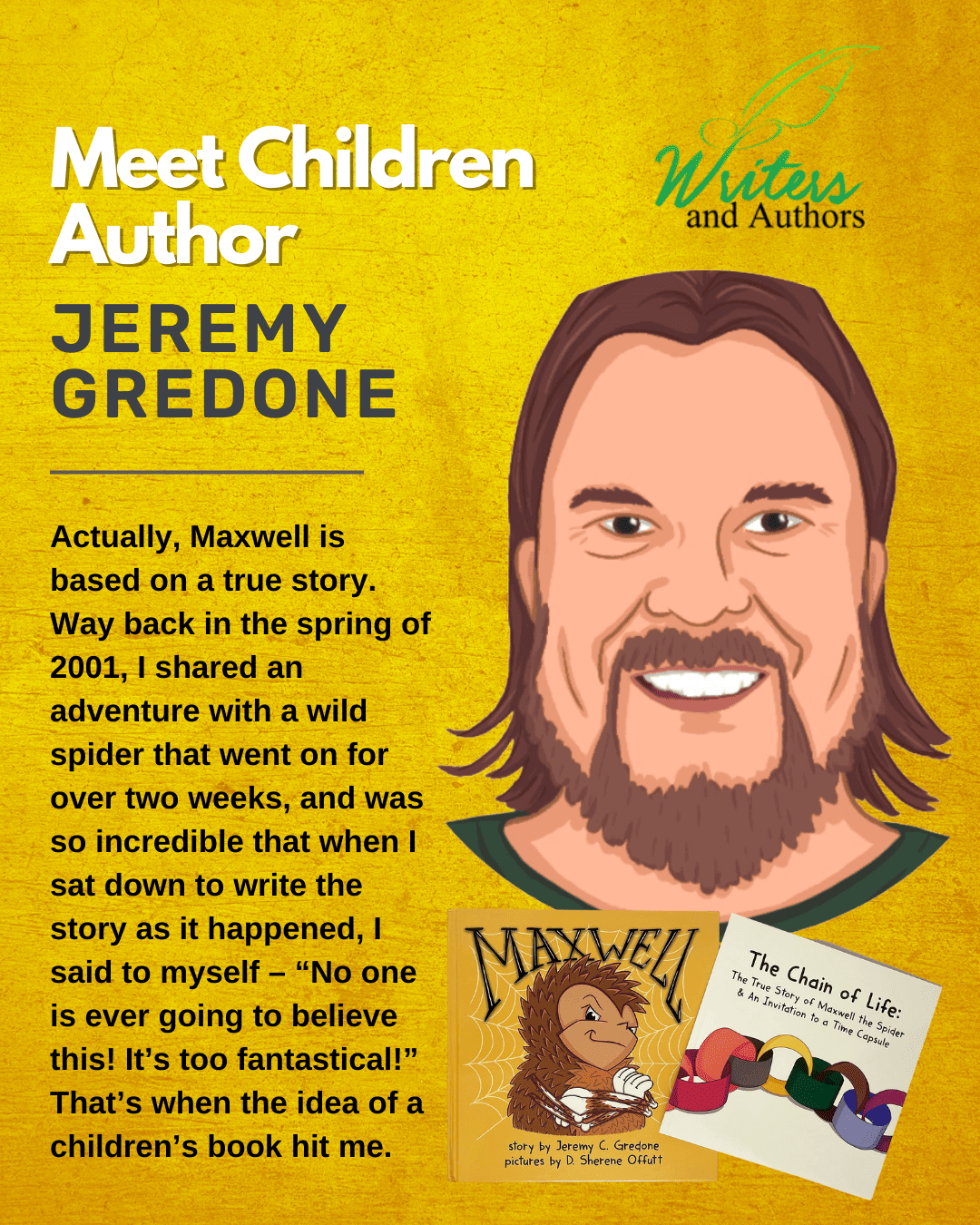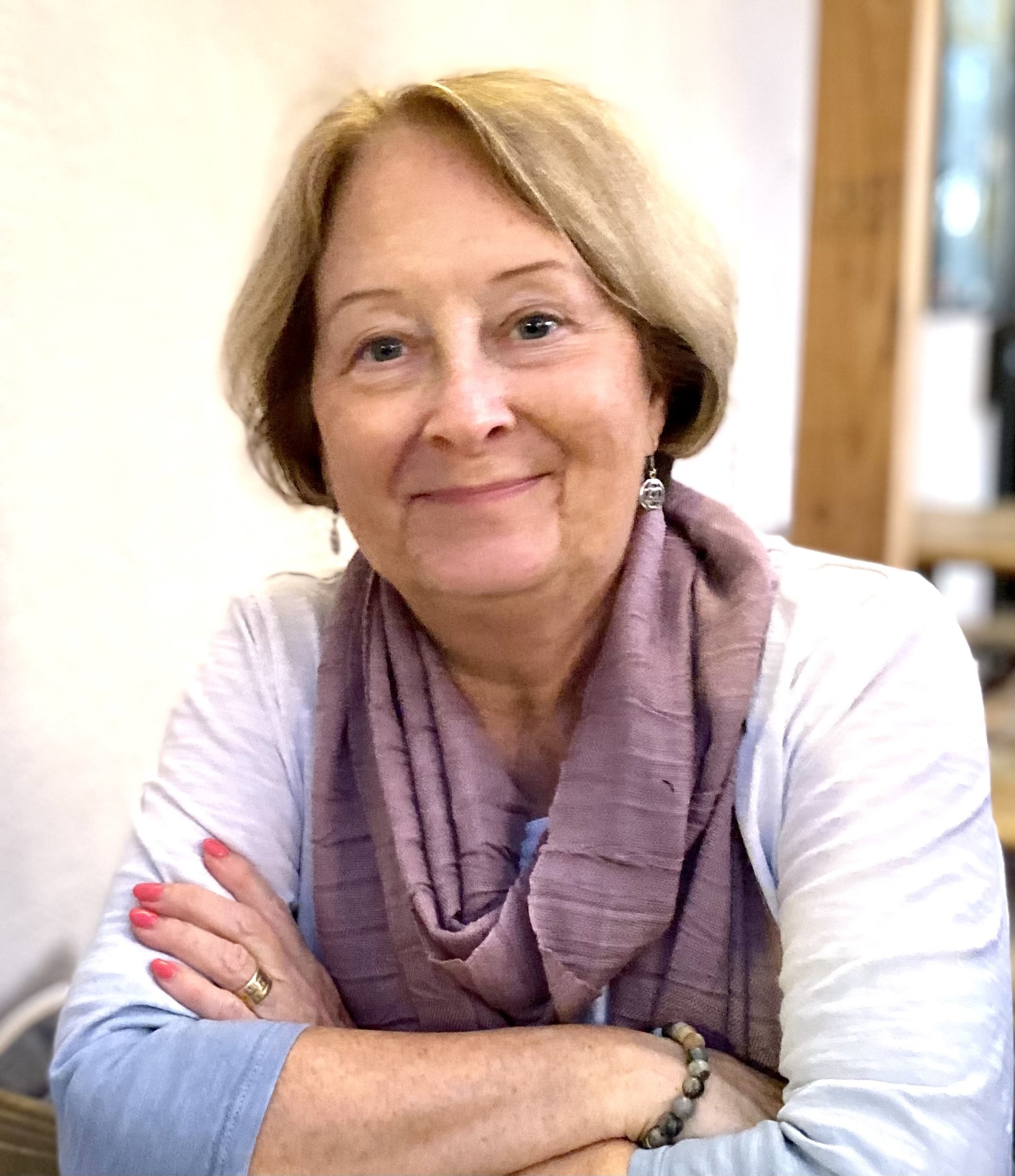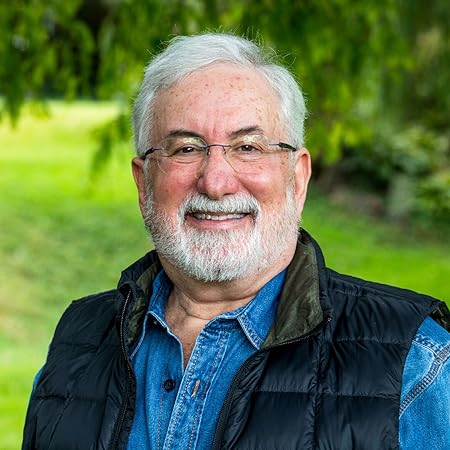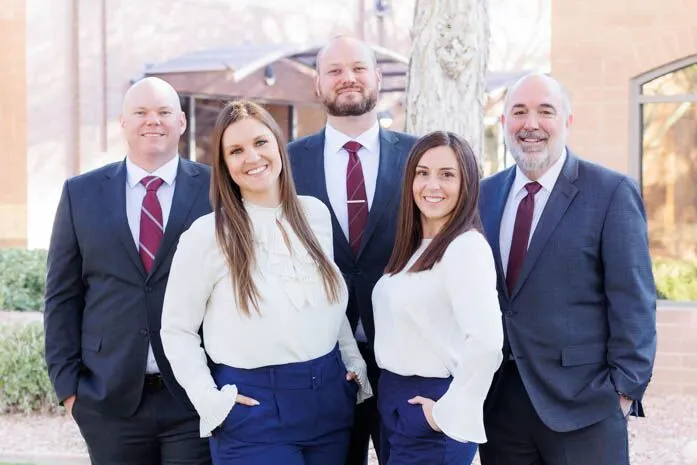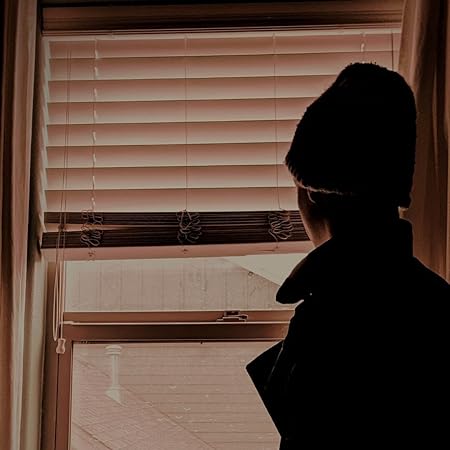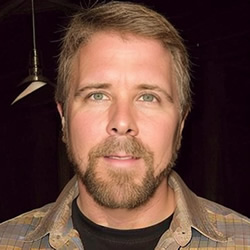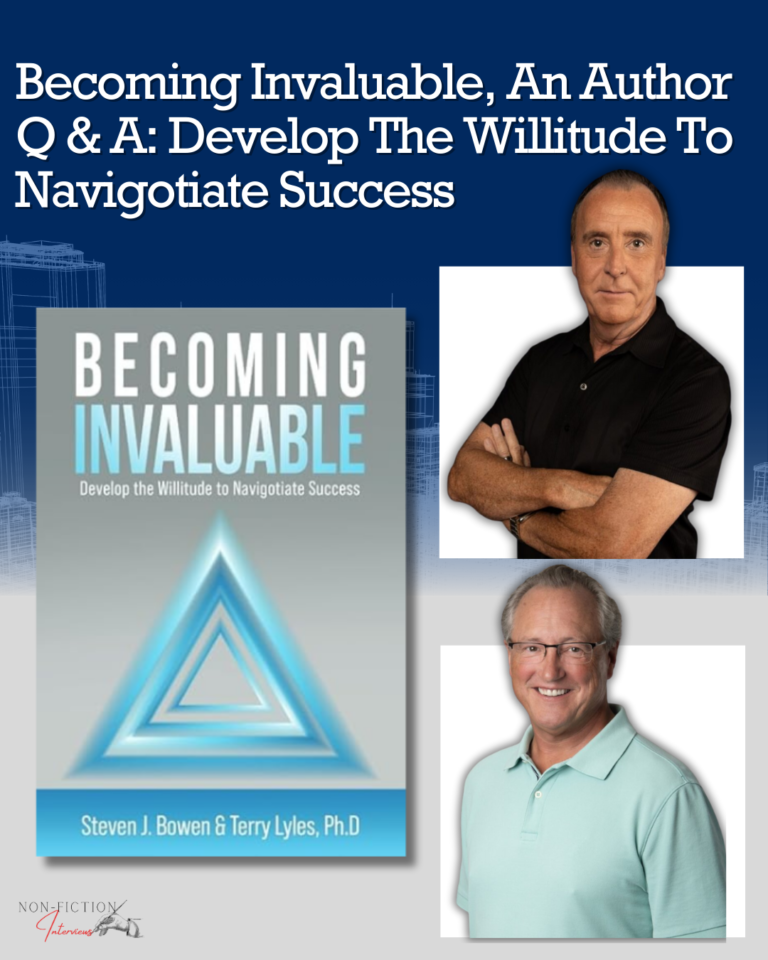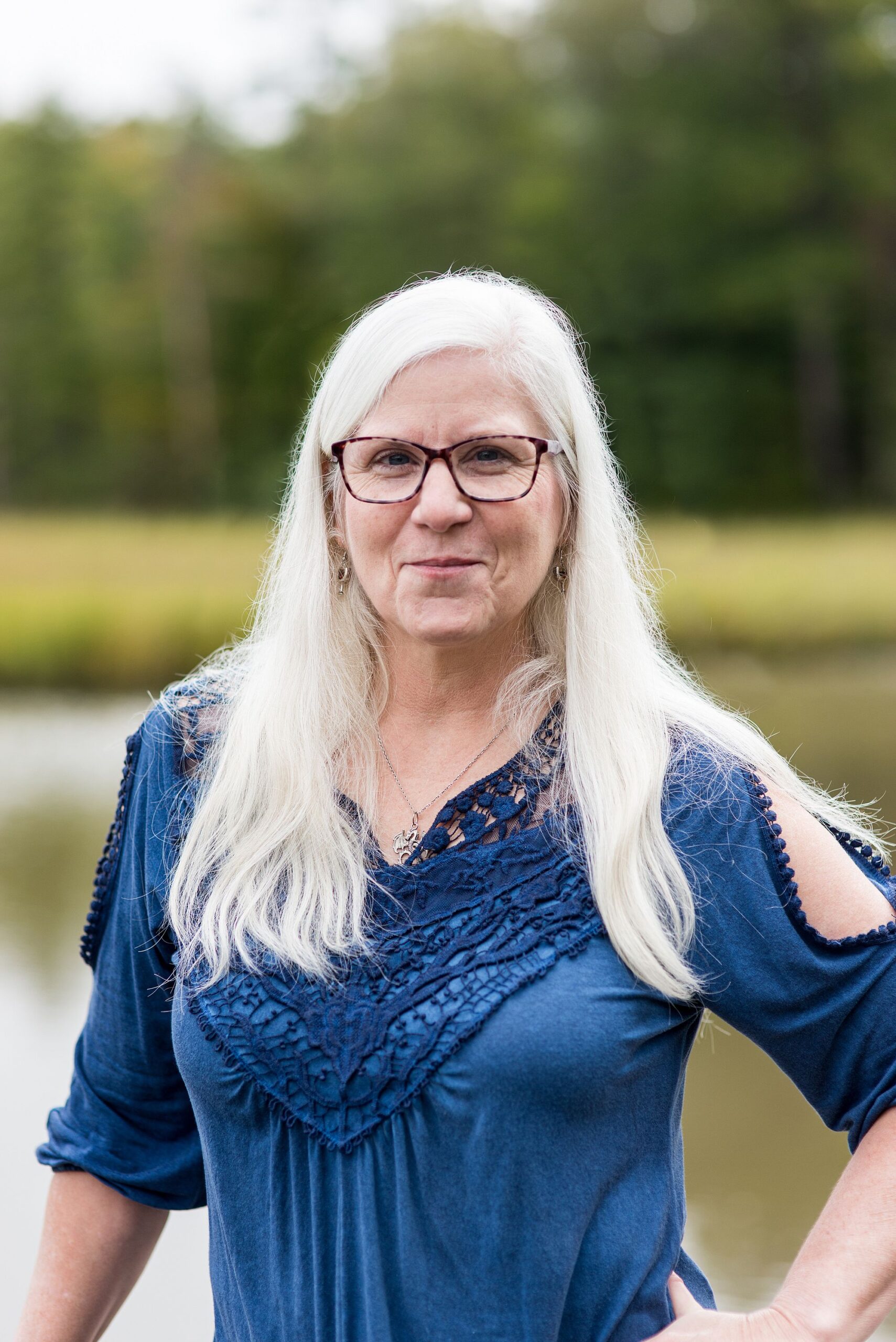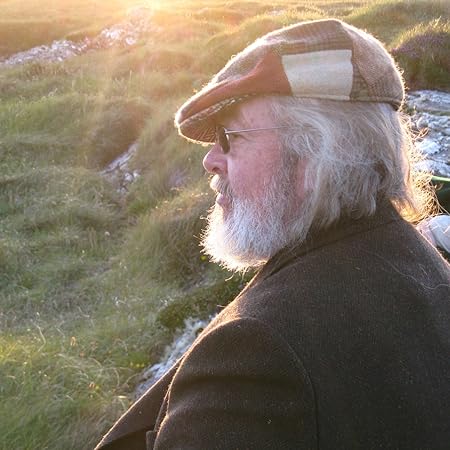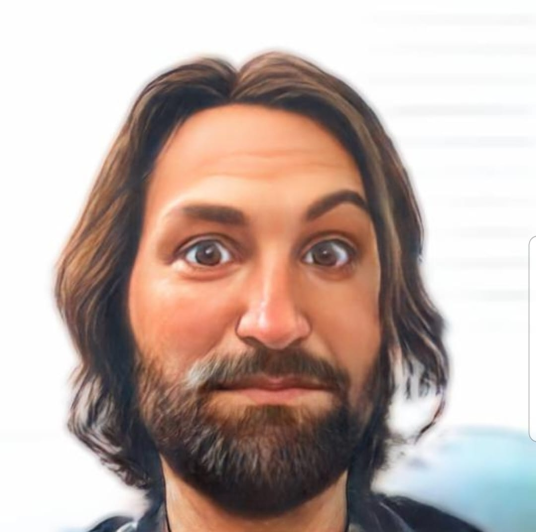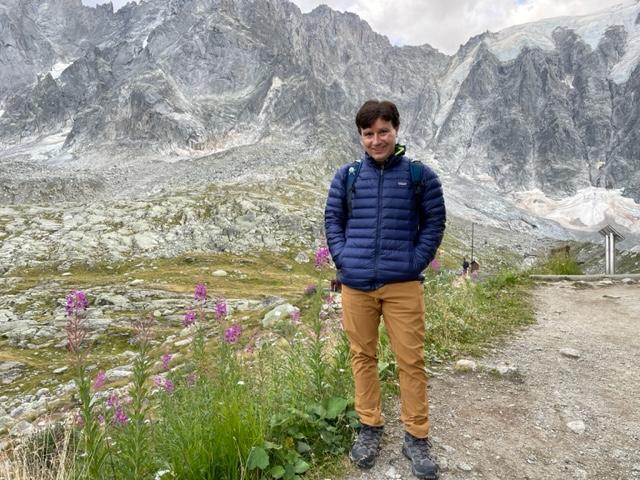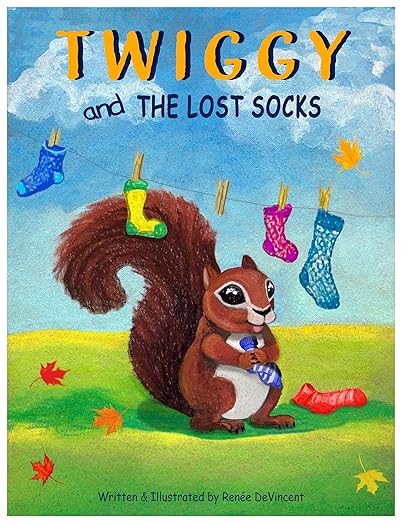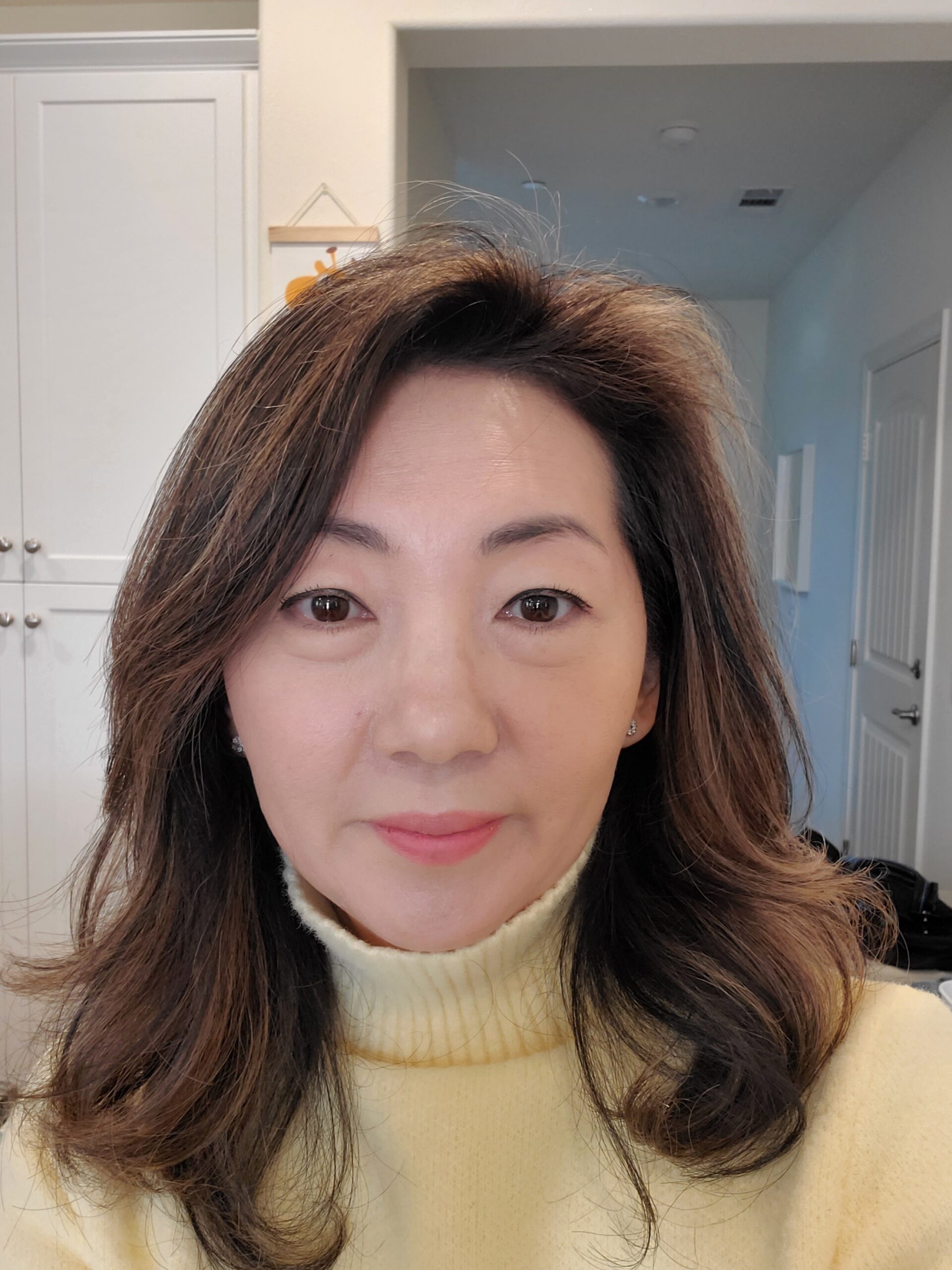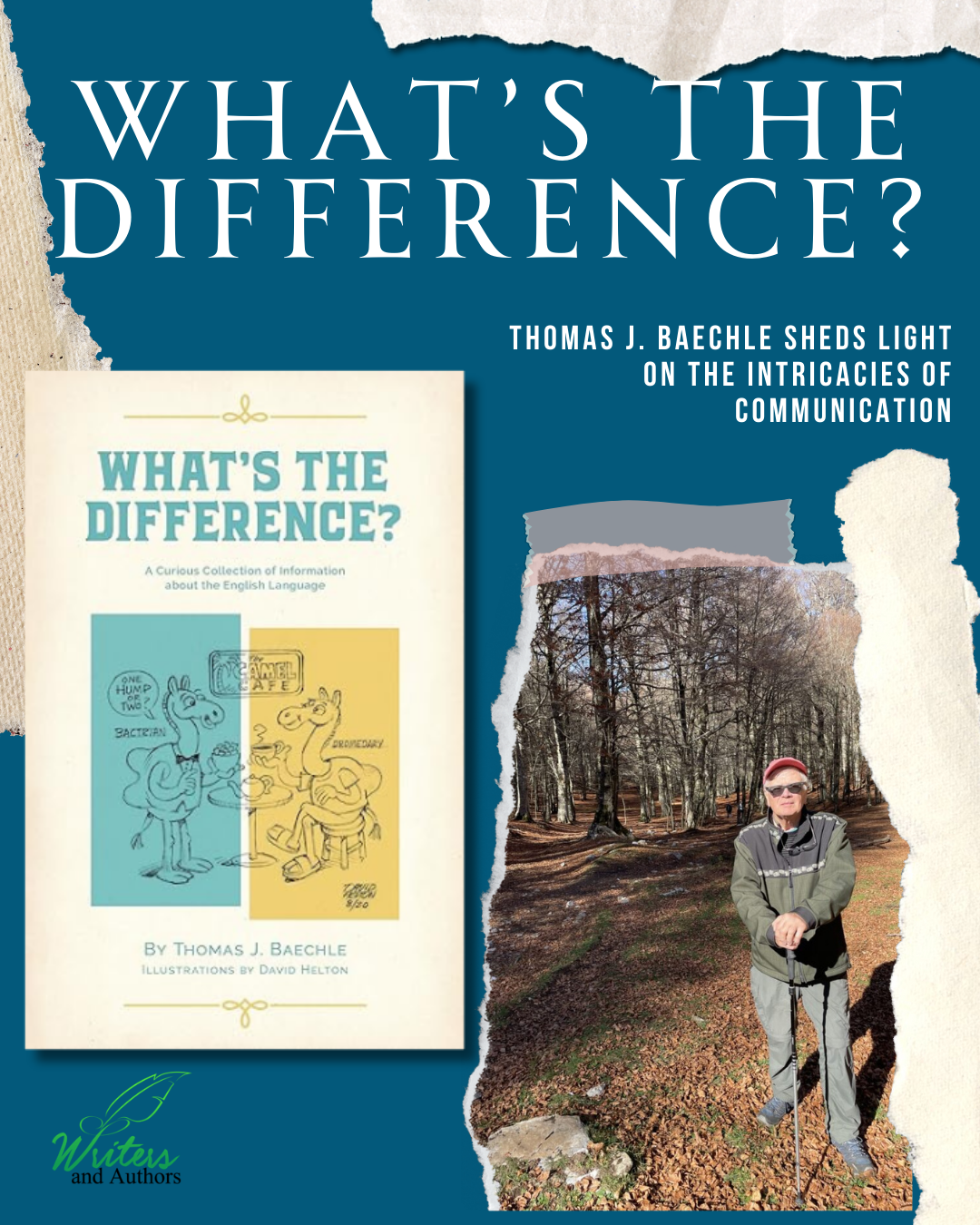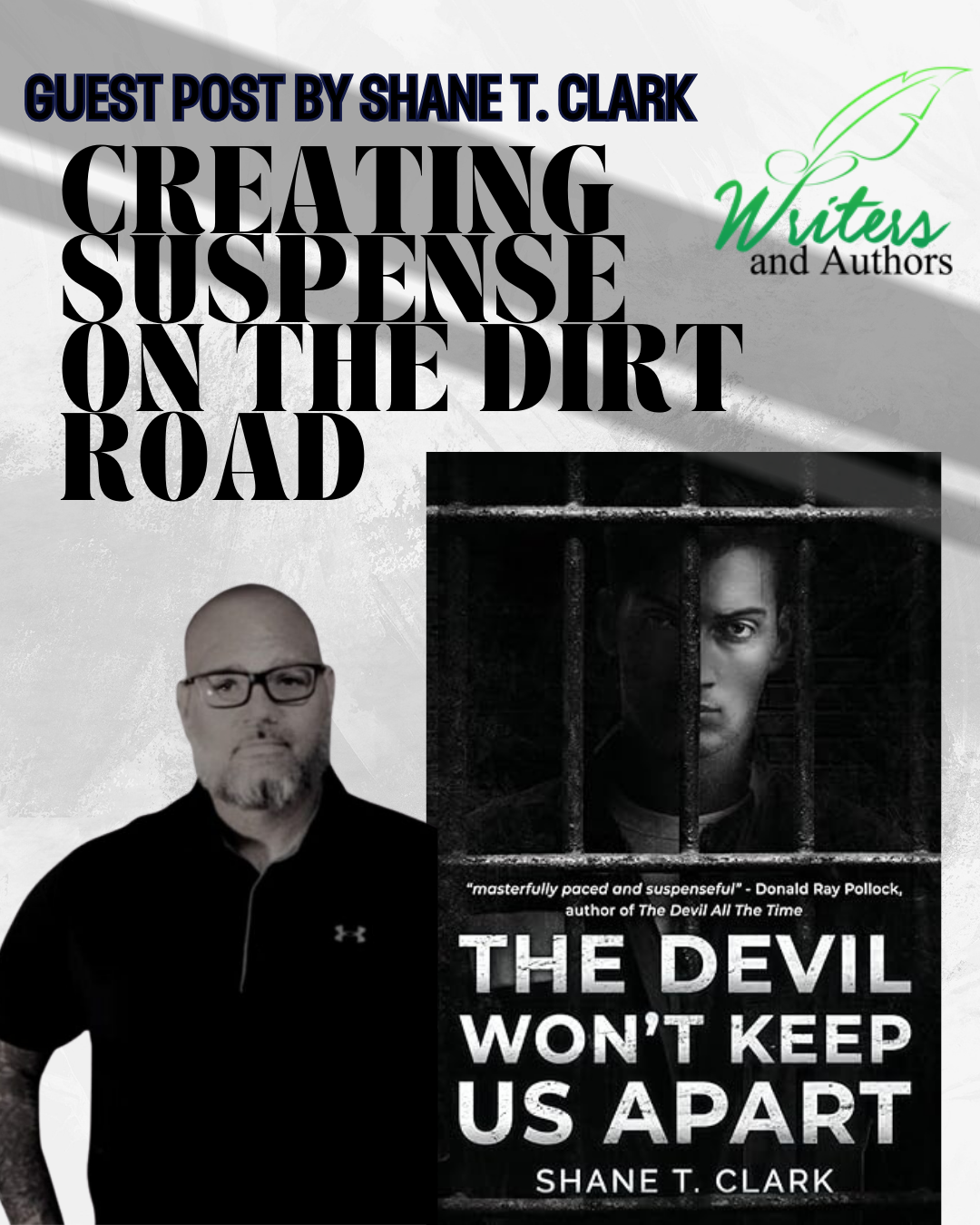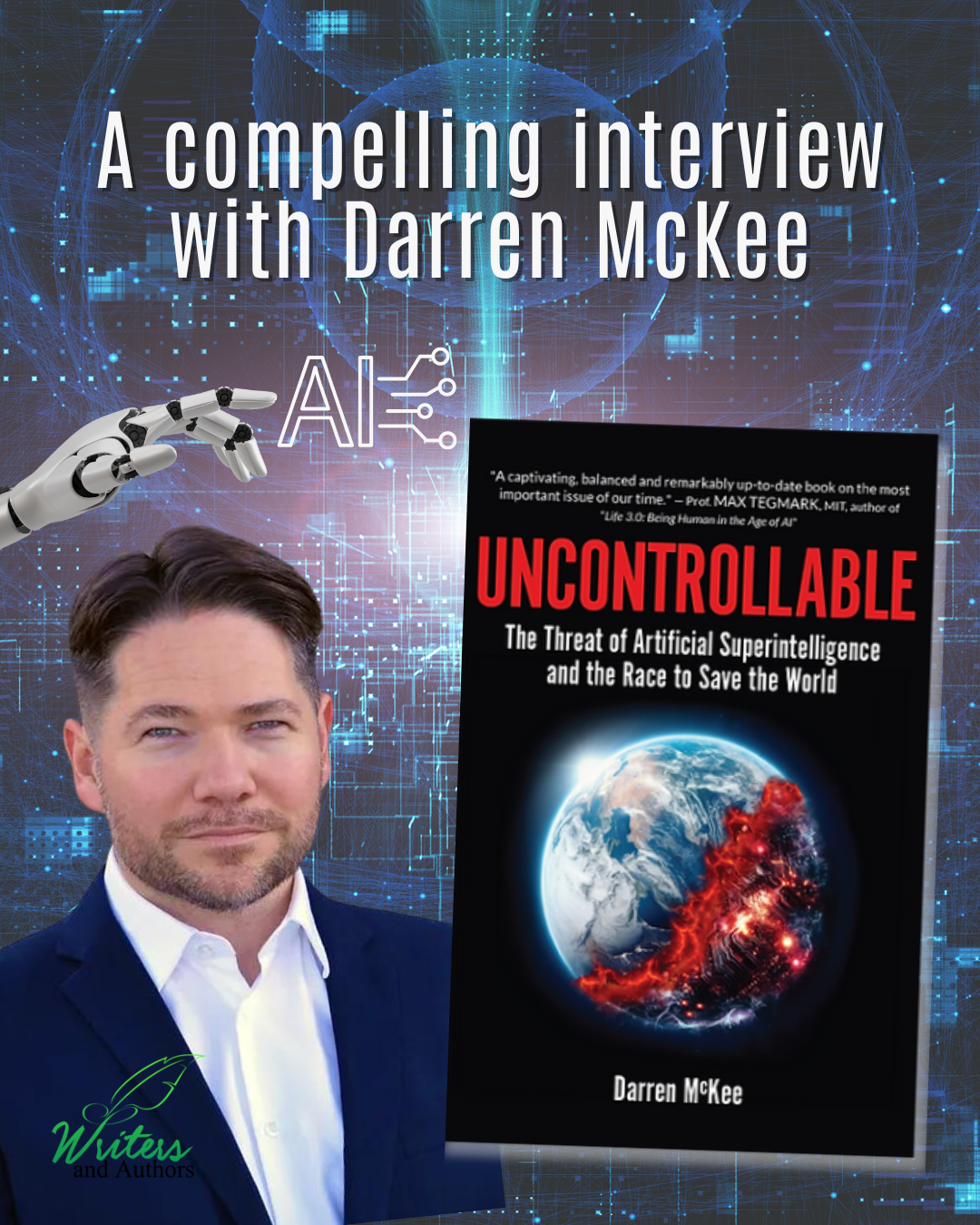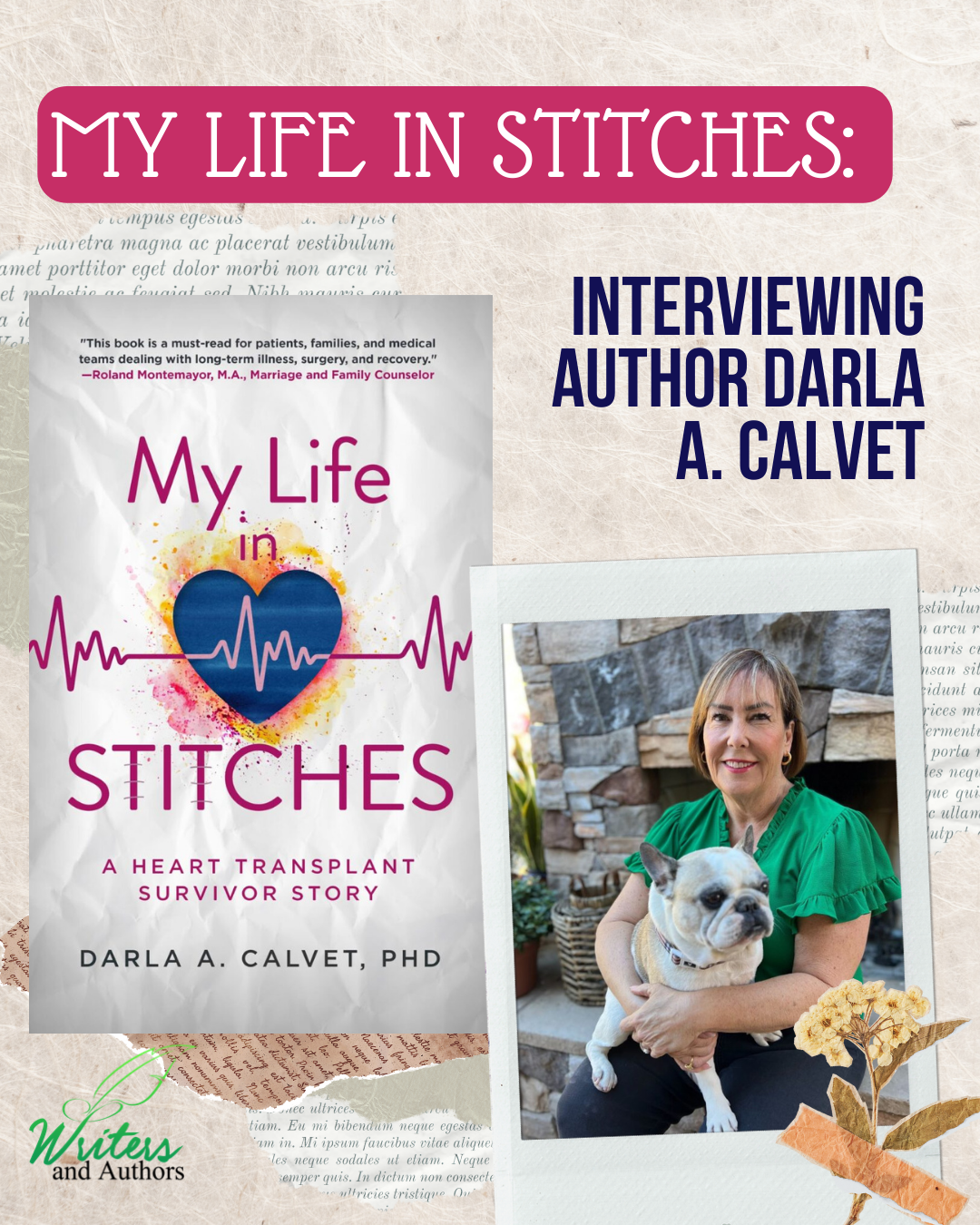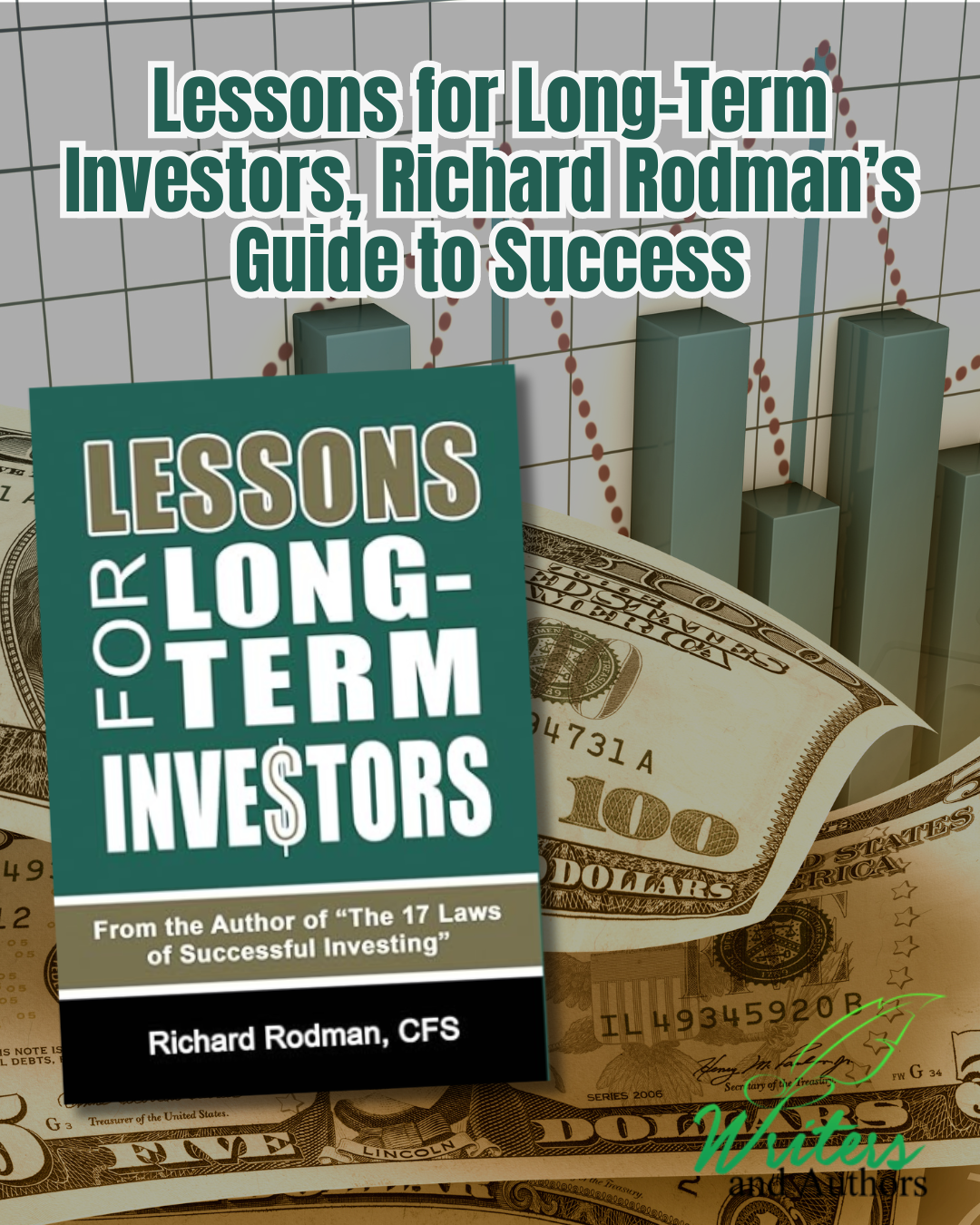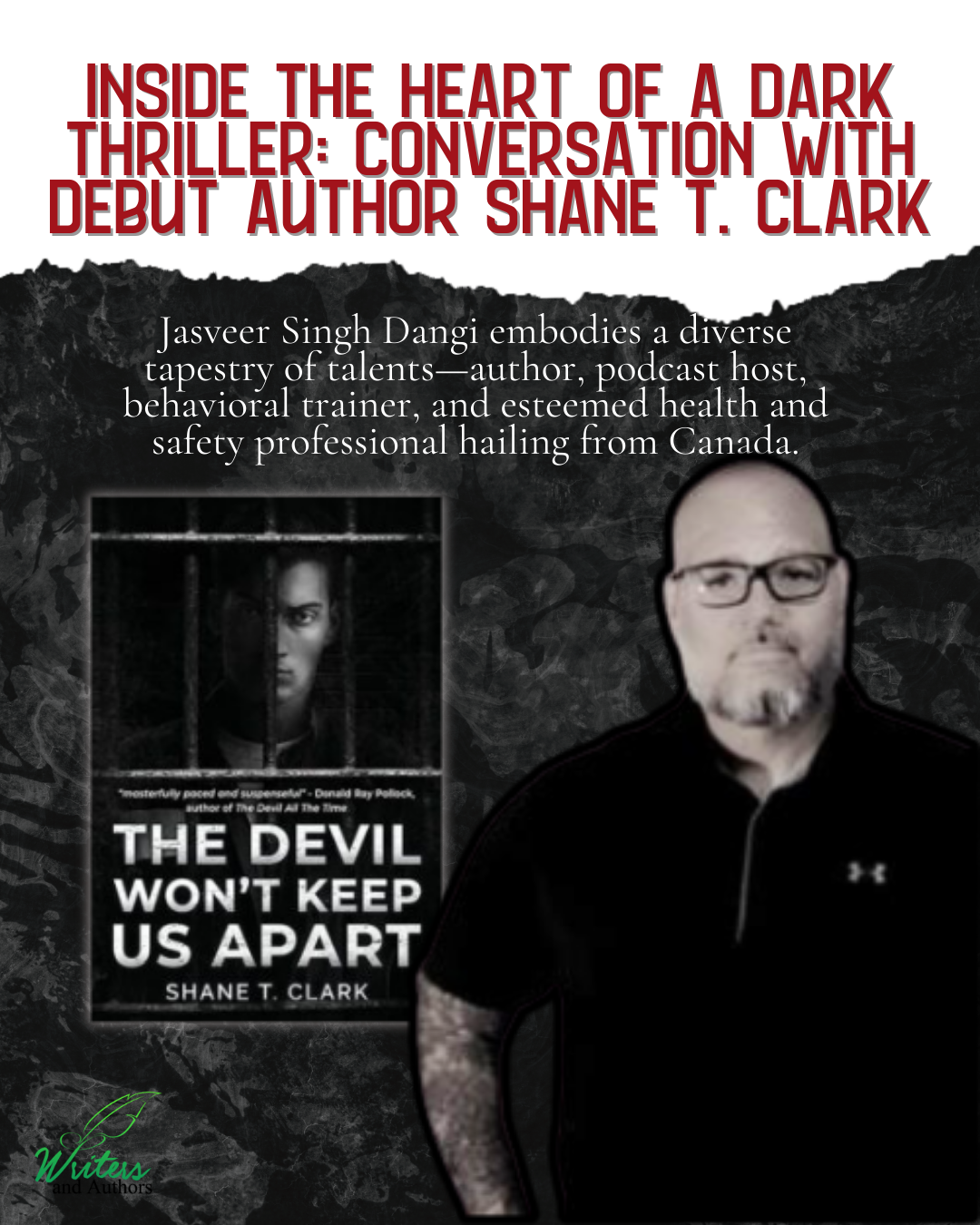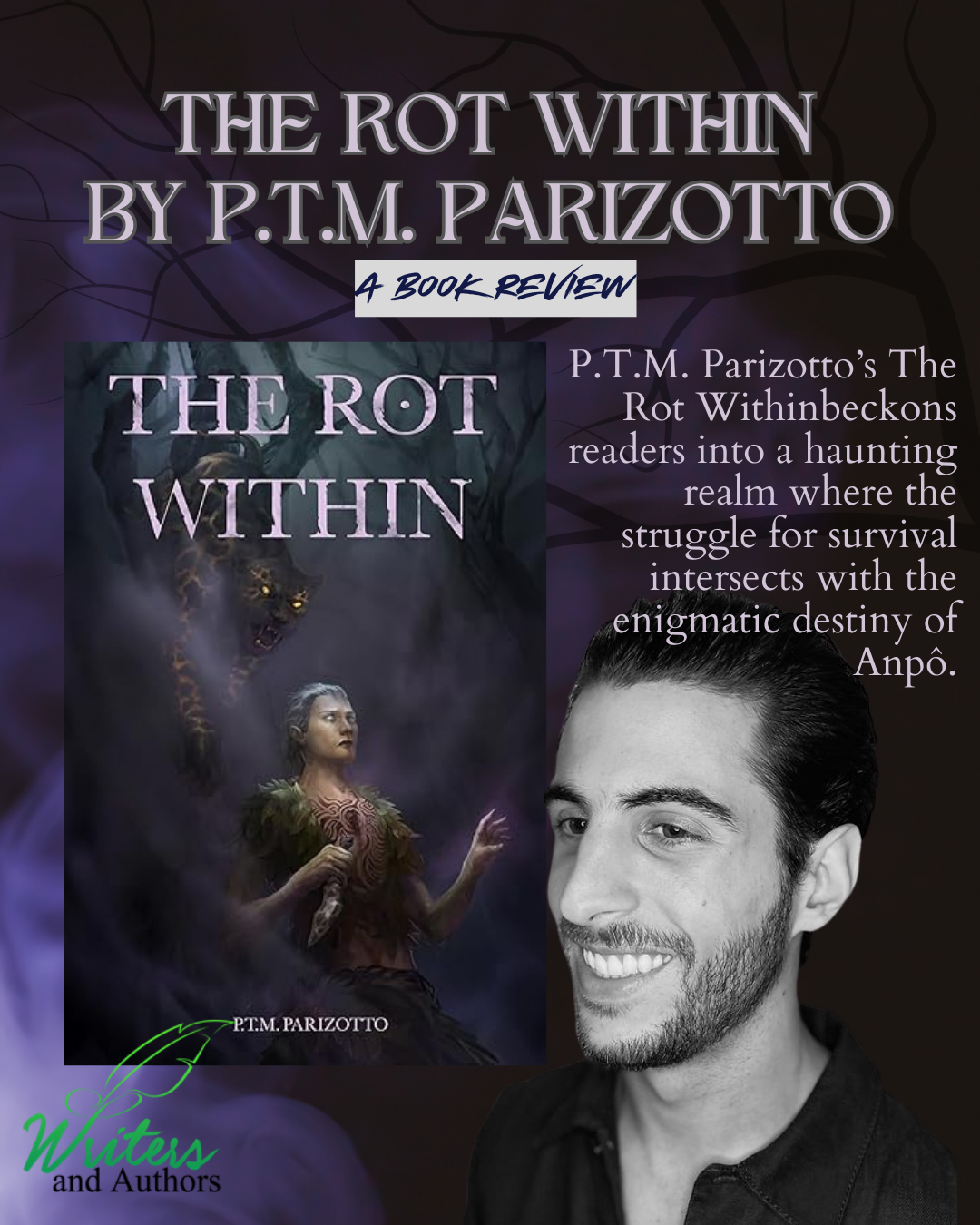We had a sit-down with Jeremy C. Gredone to learn more about him and his children’s book Maxwell.
Tell us about the inspiration behind your new children’s book, “Maxwell?”
- Actually, Maxwell is based on a true story. Way back in the spring of 2001, I shared an adventure with a wild spider that went on for over two weeks, and was so incredible that when I sat down to write the story as it happened, I said to myself – “No one is ever going to believe this! It’s too fantastical!” That’s when the idea of a children’s book hit me.
What are the themes you explore in the book? What’s the message?
- Maxwell celebrates the power of imagination and dreams, the extraordinary blossoming out of the ordinary, the bond between parents and children, and the notion that you’re never to old to look at the world with the eyes of a child, with that level of wonder, magic, and awe. We take it for granted that we’re supposed to lose these “childish” ways as we become adults, but there is a wisdom to children that finds its foundation in things like imagination and the capacity to believe in the extraordinary without hesitation, and I think these are things that should not so easily be tossed aside.
Wow. So then, there’s a message here for adults as well as kids?
- Absolutely. And that was the intention from the get-go. I decided that if I was going to actually write a children’s book, I wanted it to be something that would impact the parents as well – make them think, make them question., make them do a little searching inside to remember what it was like to be a kid themselves. That’s why I decided to include the “True Story of Maxwell the Spider” in a back pocket of the children’s book. An origin story of sorts to provide further depth to the parents as to the story they’re reading their children. Then, I figured, if I was going that far with things, why not carry them a little further, and so I added the Time Capsule element.
Tell us about this “Time Capsule” element, then?
- The “Time Capsule” is the adult/true story itself, found in a separately bound booklet in a back pocket of the children’s book. There are blank pages following the origin story of Maxwell that parents are invited to use as a kind of love letter to their children in the present – They are encouraged to write a letter or tape photos or make a drawing, or any combination of the above. Basically, use the pages to express their love for their children in the present. Then, the idea is to put the booklet away somewhere safe, and time does the rest. When their children are old enough to get what’s discussed in the adult story, probably somewhere in their mid-teens I’d imagine, they not only get to see that one of their favorite children’s books, hopefully (laugh), is based on a true story, but here is this beautiful missive from the past, authored by their parents. It’s a chance for real bonding. It’s a chance for reconnection. It’s a reminder that life is a journey with many steps, and that they’re all important.
Right. This is the “Chain of Life” you refer to in the booklet?
- Exactly. We really end up having many lives in this one, just like we have many different selves making up our one self. This allows for evolution, for growth, for applying lessons learned and realizing potential. But, just because we may like who we are today, that doesn’t mean we can’t still learn from who we were. If the thirty year old we are today, as an example, thinks the six-year-old we once were offers nothing of value, well that’s just short sighted, in my opinion. Perhaps that little kid believes in magic, and maybe that’s not such a bad thing after all. I’m not saying we should live in the past, I’m just saying that every step along the way there are lessons for the taking and characteristics to our selves that should be guarded and maintained where possible.
Fascinating. Now back to the children’s book itself – What do you hope kids will get out of it?
- Well, first and foremost, I want them to have fun. Sherene (the illustrator) and I worked really hard to make the main character, Maxwell the spider, a fun and likeable protagonist – someone that kids will root for, someone that will inspire them, someone they’d like to have in their lives. After that, I want them to flex their own imagination and capacity to dream big, just like the family in the book.
Cool. And what makes your children’s book stand out from the thousands of others out there?
- So, besides the adult story/time capsule element that we already discussed, I’d have to say the “interactiveness” of the book. Kids are really invited to become part of the story. There’s a mylar mirror on one page, for example, so they actually see themselves appear in the book. On another two-page spread they are invited to make their own drawings of Maxwell doing anything their imagination suggests.
Hmm. That’s kind of a bold move. Having kids actually draw in the book itself?
- Depends on how you look at it. Someone once said, “Give your audience some credit,” or something like that. The kids we tested the book with were absolutely thrilled and pleasantly surprised by this feature in the book. Also, once they’ve actually executed their drawings, they are all now co-authors with me and will see themselves as such for all subsequent readings. My hope is that this will only further the confidence they have in their own imaginations and limitless potentialities.
Were there children’s books from your youth that influenced the making of “Maxwell?”
- Absolutely. “Where the Wild Things Are,” by Maurice Sendak was my absolute favorite. Just blew me away, and I could spend a long time on each spread, just soaking it all in. That’s part of what I was after with Maxwell – I wanted kids and parents to be able to spend a long time soaking up the details of each illustration, and this attention to detail makes for a lot of “easter eggs” of a sort, that will take multiple readings to find. This adds to the fun for everyone involved. And speaking of detail and “easter eggs,” I have to also mention the work of Richard Scarry. My lord, you could spend hours pouring over those illustrations – so much going on, so much to discover.
The illustrations in “Maxwell” are definitely involved. How much direction was necessary with your illustrator, D. Sherene Offutt?
- Sherene is an amazing artist and I could not have been any happier about how every illustration turned out. We had extensive discussions about what each spread should try to achieve before she started, so once she got rolling it was all about execution of those very fleshed out blueprints. Of course, when collaborating, I always want to extend a great deal of creative freedom to whoever I’m working with, so Sherene came up with some amazing ideas that we hadn’t even talked about, and this pushed the whole endeavor to the next level. Even with a very clear vision going in of what we wanted, there were things we came up with along the way that I can’t imagine not being in there at this point. That’s the magic of the creative process really!
Who was the biggest influence on you as a writer?
- Well, there were many, and the list still grows to this day, of course, but if I had to choose one voice that really impacted me the most, I’d have to go with Raymond Carver. His short stories just had this quiet power that hit me like a thunderbolt. He had this ability to show the extraordinary in the ordinary in such a manner as to leave his readers not only touched, but transformed.
Yes. You mentioned finding the extraordinary in the ordinary as being one of “Maxwell’s” themes, didn’t you?
- Indeed. I think it’s really easy to move through life without seeing the magic just under the surface of things. Everybody’s busy, everybody’s got a lot of responsibilities, and time flies by. But, keeping your eyes open to all the wonder in this world, in nature, in our relationships with other people and with ourselves, well…you can uncover as many layers of meaning as you can handle. There is simply no end to the all the resonant lessons this world has waiting for us.
Speaking of lessons, can you give us an example of a great life lesson you’ve learned, and how you learned it?
- Wow. That’s a great question. I’d have to say that for me, personally, one of the greatest lessons I ever learned was that, even though it can be scary, the greatest rewards always seem to come from taking some level of risk, taking a big chance, just kind of going for it, really. The two best decisions I ever made were 1) to join the Peace Corps – I spent three years teaching English in the West African, island nation of Cabo Verde and 2) to leave my high-salaried job as a trailer editor in Hollywood and move to the proverbial cabin on a mountain-top, where I have been writing for the past fourteen years. Both of these decisions were met with some level of skepticism and caution from family and friends, but thank goodness I listened to my gut and followed through.
Nice. Want to end with a favorite quote from someone?
- Okay. One of my all time favorites comes from Samuel Clemens, aka Mark Twain. It actually ties in really nicely with the whole “Chain of Life” thing we talked about earlier. He said something along the lines of – “When I was fourteen, I thought my father was an idiot, and then when I was twenty-one, I was amazed at how much he’d learned in seven years.”
Jeremy C. Gredone
maxwellthespider.com
323-646-8532

